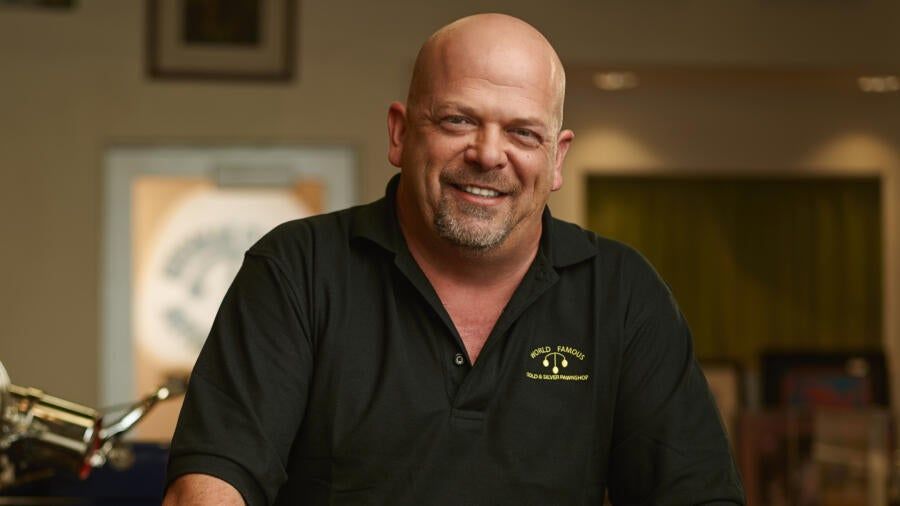A Scrum Master is like the captain of a sports team in the world of software and project management, they play a pivotal role in Agile development, ensuring teams adhere to the Scrum framework’s principles and practices. Just like every other leader, a scrum master utilizes certain techniques to get the job done.
Before we go on to list those techniques, we’ll define who a scrum master is.
Table of contents
What Is Scrum?
Scrum is an Agile project management framework used in software development and various industries. It emphasizes iterative, time-boxed work cycles (Sprints), close collaboration, and regular inspection and adaptation. Scrum defines roles, artifacts, and practices to enhance team productivity and deliver value incrementally.
READ ALSO: What Are the Places to Run Away to With no Money?
Who Is A Scrum Master?
A Scrum Master is a key role in Agile project management. They are responsible for ensuring that a software development team follows the Agile and Scrum methodologies effectively. Their primary focus is to help the team work more efficiently and collaboratively to achieve project goals.
The Scrum Master serves as a facilitator, coach, and mentor to the team. They ensure that Agile practices and principles are upheld, and they help the team understand and apply the Scrum framework, which includes processes like daily stand-up meetings, sprint planning, and retrospectives. They also work to remove any obstacles or roadblocks that may hinder the team’s progress.
SEE ALSO: How to Draw Pokemon: Starter Tips
What Techniques Could The Scrum Master Use? Top 10 Lists
1. Daily Stand-up Meetings
Scrum Masters facilitate daily stand-up meetings, also known as Daily Scrums. These short, time-boxed meetings bring the team together to discuss what each team member worked on yesterday, what they plan to work on today, and if there are any obstacles in their way. The Scrum Master ensures that the meeting stays focused and within the time limit, promoting transparency and collaboration.
2. Backlog Refinement
Backlog refinement involves regularly reviewing and prioritizing the Product Backlog, which is a list of all the work that needs to be done. The Scrum Master helps the Product Owner and team clarify items in the backlog, break them into smaller, manageable tasks, and ensure that the most valuable items are at the top for upcoming Sprints.
3. Conflict Resolution
Scrum Masters act as mediators when conflicts arise within the team. They help team members resolve disputes and maintain a harmonious working atmosphere. This involves active listening, empathy, and guiding the team toward mutually beneficial solutions.
SEE ALSO: How to Get Rid of Chipmunks: Garden Pest Solutions
4. Retrospectives
After the completion of each Sprint, the Scrum Master organizes retrospectives. During these meetings, the team reflects on what went well and what could be improved. The Scrum Master helps facilitate open discussions, guides the team in identifying actionable improvements, and ensures that these are implemented in the next Sprint.
5. Impediment Removal
Scrum Masters are responsible for identifying and eliminating impediments that hinder the team’s progress. They work to remove roadblocks, whether they are related to resource constraints, external dependencies, or organizational issues, ensuring that the team can work without obstacles.
6. Shielding the Team
Scrum Masters shield the team from external distractions and interruptions. They protect the team’s focus, allowing them to concentrate on the tasks at hand. This can involve managing requests from stakeholders, enabling the team to work without unnecessary disruptions.
7. Empower Self-Organization
Scrum Masters encourage self-organization within the team. Instead of micromanaging, they empower team members to make decisions collectively, promoting autonomy and ownership of their work. This leads to a more engaged and efficient team.
8. Timeboxing
Scrum relies on timeboxing to keep meetings and activities efficient. Scrum Masters ensure that ceremonies like Sprints, Daily Stand-ups, and Sprint Reviews adhere to specific time limits, preventing them from becoming overly time-consuming.
READ ALSO: What Are The Simple Ways To Write Cover Letters For Administrative Assistant?
9. Coaching and Mentoring
Scrum Masters serve as coaches and mentors to team members. They provide guidance and support in areas where team members may need improvement, whether it’s in technical skills or understanding Agile principles. This coaching helps the team grow and become more self-sufficient.
10. Champion Agile Values
Scrum Masters are advocates for Agile values and principles. They help the team understand and embrace these values, such as customer collaboration, responding to change, and delivering working software. By promoting these values, Scrum Masters create a culture of continuous improvement within the team.
How To Improve Your Scrum Master Skills
Improving your Scrum Master skills is crucial for effective Agile project management. Here’s a guide on how to enhance your capabilities:
- Continual Learning: Stay updated with the latest Agile and Scrum trends, practices, and methodologies through books, blogs, webinars, and conferences. Continuous learning is key to improvement.
- Certification: Consider obtaining Scrum Master certifications like Certified ScrumMaster (CSM) or Professional Scrum Master (PSM) to gain in-depth knowledge and recognition.
- Practice Empathy: Understand your team’s needs, concerns, and perspectives. Being empathetic fosters better communication and trust.
- Effective Communication: Enhance your communication skills to convey information clearly and ensure everyone in the team understands their roles and objectives.
- Conflict Resolution: Develop strategies for resolving conflicts within the team. Effective conflict management leads to a harmonious working environment.
- Facilitation Skills: Hone your ability to facilitate Scrum events, such as Sprint Planning, Daily Stand-ups, and Retrospectives, to maximize their effectiveness.
- Coaching and Mentoring: Help team members grow by providing coaching and mentoring. Support them in improving their skills and adopting Agile practices.
- Adaptability: Be open to change and adapt to new circumstances and feedback. Agility is a fundamental aspect of Scrum.
- Servant Leadership: Embrace the concept of servant leadership, where you focus on supporting the team’s needs rather than exerting authority.
- Collaboration: Foster collaboration and synergy among team members. Encourage knowledge sharing and teamwork.
- Metrics and Data Analysis: Learn how to use metrics and data to track team progress and make data-driven decisions.
- Feedback Loop: Create a feedback loop for continuous improvement by regularly evaluating the team’s performance and identifying areas for enhancement.
- Time Management: Master time management to ensure Scrum events are efficient and on schedule.
- Stakeholder Management: Develop strategies for effective communication and collaboration with stakeholders, ensuring their needs and expectations are met.
- Problem-Solving: Enhance your problem-solving skills to address challenges and impediments that hinder the team’s progress.
- Networking: Build a network with other Scrum Masters to exchange experiences and best practices.
Conclusion
A Scrum Master who keeps learning, leads well, listens carefully, and uses what they know about how to do things is great at helping the team get work done. These skills make sure the team can get things done quickly and correctly each time. It matches perfectly with what Scrum is all about and helps the team succeed in making software.
FAQs on Scrum Master
Agile is an iterative and flexible approach to project management that focuses on customer collaboration, responding to change, and delivering working products.
Scrum Masters employ various techniques to support Agile teams, including facilitating meetings, resolving impediments, coaching team members, and promoting Agile values.
To become a CSM, you typically need to attend a CSM training course and pass an exam conducted by a certified training provider.
References
- geretro.ai – What Techniques Could A Scrum Master Use in 2023?
- change.walkme.com – What Techniques Could Scrum Masters Use in 2023?






